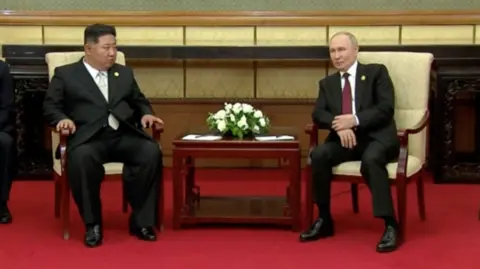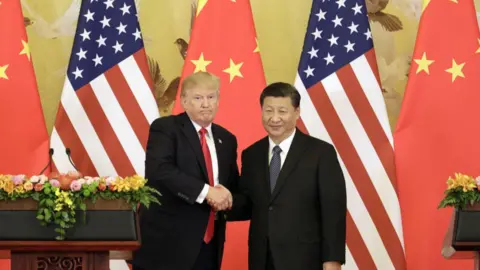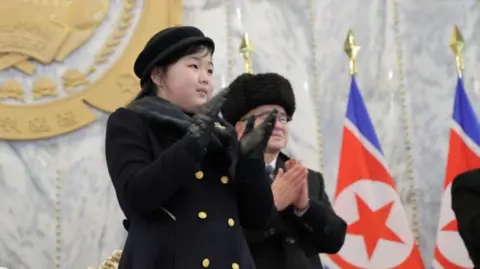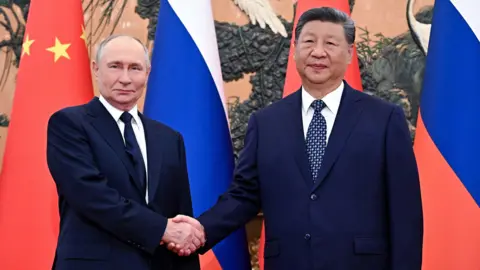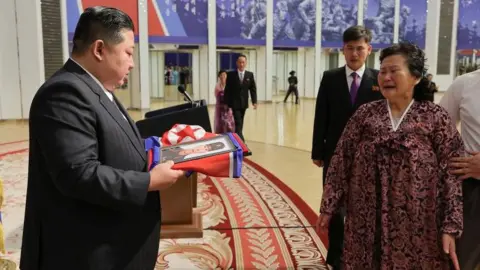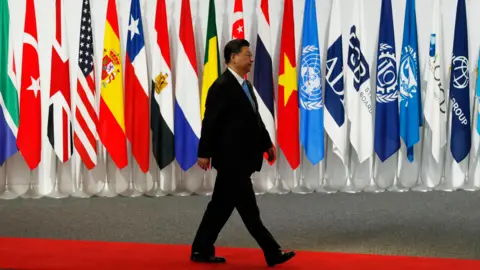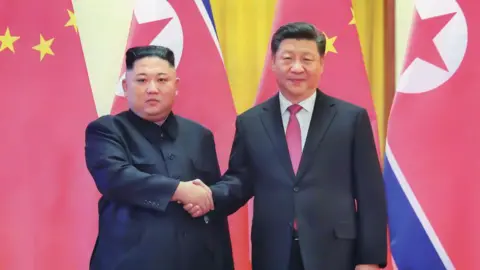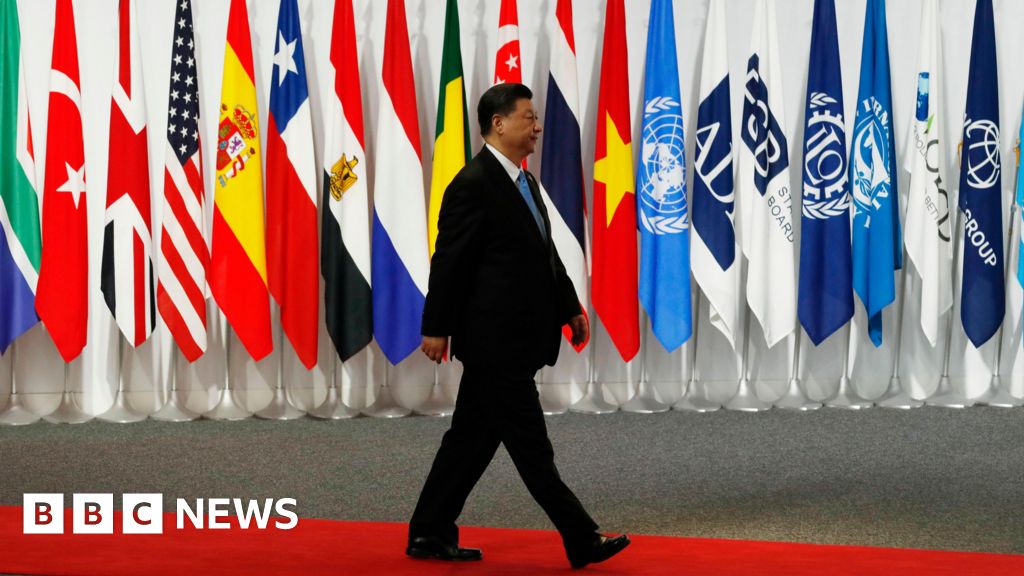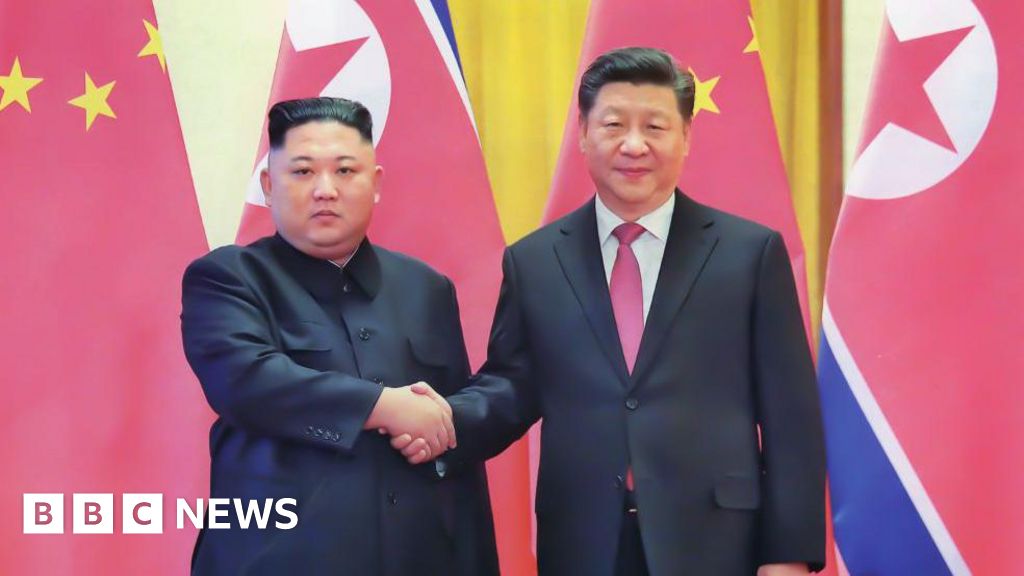North Korea celebrated the return of the Pyongyang International Marathon, gathering around 200 foreign competitors for the first time in six years. The marathon, which began in 1981, had traditionally taken place every April to honor the birth of Kim Il Sung, the nation's founding leader. The last race occurred in 2019, prior to the country sealing its borders due to the COVID-19 pandemic.
After years of limited access, North Korea opened its doors, allowing only select foreign tourists, primarily from Russia, into the capital since last year. Participants in this year’s marathon were required to enter through organized tour groups, similar to regulations preceding the pandemic. Koryo Tours—a travel agency based in Beijing—advertised unique six-day marathon packages priced at approximately 2,195 euros ($2,406), which included flights from Beijing. According to the agency, the marathon provides runners an unparalleled chance to engage with the local populace.
The marathon route featured some of Pyongyang’s most iconic sites, such as Kim Il Sung Stadium, the Arch of Triumph commemorating resistance against Japanese colonial rule, and Mirae Future Scientists Street, designed as a residential zone for the nation’s scholars. Social media pictures captured a vibrant stadium atmosphere, with enthusiastic spectators waving gold-colored flags and encouraging the runners.
North Korean athlete Pak Kum Dong remarked to Reuters about the motivation drawn from his compatriots, saying, "The eyes of our people on me helped me to bear the difficulties whenever I feel tired." While there were no official race results shared publicly, the event marked a pivotal moment for North Korea's gradual re-engagement with the outside world after its pandemic restrictions began to ease earlier this year.
After years of limited access, North Korea opened its doors, allowing only select foreign tourists, primarily from Russia, into the capital since last year. Participants in this year’s marathon were required to enter through organized tour groups, similar to regulations preceding the pandemic. Koryo Tours—a travel agency based in Beijing—advertised unique six-day marathon packages priced at approximately 2,195 euros ($2,406), which included flights from Beijing. According to the agency, the marathon provides runners an unparalleled chance to engage with the local populace.
The marathon route featured some of Pyongyang’s most iconic sites, such as Kim Il Sung Stadium, the Arch of Triumph commemorating resistance against Japanese colonial rule, and Mirae Future Scientists Street, designed as a residential zone for the nation’s scholars. Social media pictures captured a vibrant stadium atmosphere, with enthusiastic spectators waving gold-colored flags and encouraging the runners.
North Korean athlete Pak Kum Dong remarked to Reuters about the motivation drawn from his compatriots, saying, "The eyes of our people on me helped me to bear the difficulties whenever I feel tired." While there were no official race results shared publicly, the event marked a pivotal moment for North Korea's gradual re-engagement with the outside world after its pandemic restrictions began to ease earlier this year.








